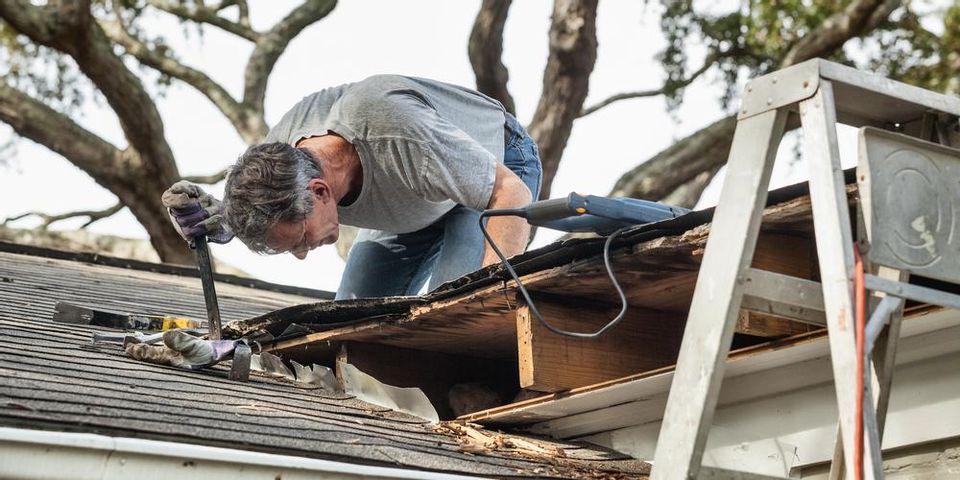Disaster Restoration Specialist Shares 5 Ways to Prevent Mold Growth
By FloodCo

Mold can be found almost anywhere. It can enter your home through open doors and windows or by getting attached to items you bring indoors. In some instances, an infestation occurs after flooding or water damage. Because indoor exposure to mold poses health risks, it’s crucial to prevent its growth in your home. FloodCo, a disaster restoration specialist serving the Flathead Valley, MT, shares some tips on how to prevent a mold infestation.
5 Mold Prevention Tips
1. Maintain Low Humidity Levels
Since mold thrives in moist environments, you should try to keep humidity levels as low as possible. According to the Environmental Protection Agency, ideal levels should range from 30% to 50%. You can use a dehumidifier or air conditioner to reduce moisture inside your home. Watch out for signs of condensation on windows, walls, and pipes since it might also indicate high humidity levels.
2. Ensure Ample Ventilation
 Utilize exhaust fans and vents to direct airflow outside your home and remove stale indoor air. If the weather permits, open your windows and doors and switch on your fans to further increase air movement.
Utilize exhaust fans and vents to direct airflow outside your home and remove stale indoor air. If the weather permits, open your windows and doors and switch on your fans to further increase air movement.
3. Keep Your Indoors Dry
If your home was flooded, clean it up with detergent and water, and dry it out completely within the next 24 to 48 hours to prevent mold growth. Hire a disaster restoration specialist if the damaged area covers more than 10 square feet. For a room that frequently gets wet, like the bathroom or kitchen, turn on a fan or open the windows to boost airflow and reduce moisture buildup. Consider using mold-killing products to clean surfaces.
4. Fix Leaks Right Away
Whether it’s on your roof, walls, or plumbing, fix leaks to minimize spots where mold can cultivate. Clear your gutters from accumulated debris and repair your roof regularly to keep water runoff at bay. Addressing water problems prevents mold from coming back and damaging your home again, especially during storm season.
5. Remove Water-Damaged Upholstery
If your carpets, upholstery, and furniture are soaked and cannot be dried out immediately, take them to dry areas to air them out. Avoid placing them in rooms with a lot of moisture, such as bathrooms and basements. Furthermore, throw away water-damaged upholstery that has already turned moldy to prevent spreading spores in your home.
Keep your home safe and dry after sudden flooding or water damage by relying on the experts at FloodCo. This fully licensed and insured disaster restoration specialist offers emergency water damage cleanup, carpet drying, and mold remediation, among other services. Call (406) 892-1717 for a consultation, or visit their website to learn more about their services.
About the Business
Have a question? Ask the experts!
Send your question

